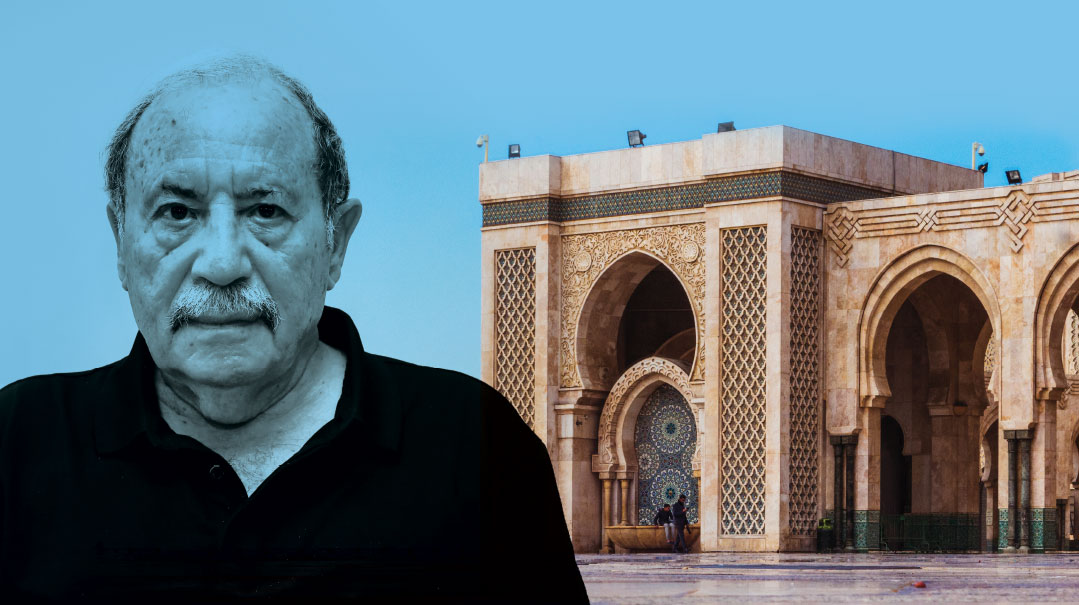Shadow Defenders
| November 25, 2020The secret squad trained to rescue Morocco's Jews

Photos: Elchanan Kotler, personal archives
Winter 1954. The reports coming out of French-ruled Morocco were making Israel’s security people lose sleep. There had already been two bloody pogroms in this North African country since the founding of the Jewish State in 1948, and while the French were officially Jewish protectors and permitted Jewish Agency activity and even a level of aliyah, if the country would declare independence and their French protectors pulled out, the Jews would likely find themselves in grave danger.
The Jewish communities were already living under hardship — businesses regularly paid “protection money” to local thugs, theft and arson of Jewish property was rampant, and mysterious disappearances of teenage girls were not unusual. About 70,000 Jews had already fled — many of them wealthy businessmen who escaped with nothing. And now, with independence on the horizon and the feared ascent of the radical Istiqlal party to power — the strings of which were being pulled by the Jew-hating Egyptian President Gamal Abdel Nasser — the Israelis knew they had to act fast for the 200,000 Jews still in Morocco.
This was a job for the long arm of the Mossad.
As it happened, the Moroccan Jewish communities themselves were frightened of the departure of the French, and many young people would be ready to help the Mossad in its secret underground initiatives to protect the local Jews and help them emigrate. It wouldn’t be easy though, or glorious. There would be arrests, torture, and death at the hands of the hostile Islamic elements that sought to ferret out and destroy Israel’s protective arm.
October 1955. Mossad chief Isser Harel got the green light from Ben Gurion and began enlisting Mossad agents to operate in France, which had joint security interests with Israel. That month, seven Mossad agents landed in Morocco, led by Shlomo Yechezkeli and supported by former Haganah members Itzik Bar and Yona Zevin, and Etzel member Chaggai Lev.
The cover stories of these operatives were created to make their true identities difficult to track. One was allegedly a businessman from a European country who marketed spare parts for tractors. Another had an illness and needed the Moroccan climate to heal. And in typical Mossad fashion, each agent was taken back to the country of his “origin” in order to familiarize him with such banal things as the elementary school he supposedly attended and the grocery store on the block where he lived.
The first local recruit was a 20-year-old fellow named Meir (Michel) Knafo, who at the time was working as a manager for a Jewish hotelier in Casablanca. The Mossad team was looking for a local person to head the volunteers, and when Shlomo Yechezkeli strode into the elegant hotel lobby, he’d already done his research. Kfano was born in 1935 in Casablanca, attended the Jewish Alliance school, was active in the Habonim Zionist youth movement, and wasn’t shy about professing his love for the Jewish state.
It’s been 65 years, but Meir Knafo will never forget the meeting that changed his life. “Yechezkeli told me they’d heard about me, and that they were looking for someone local to head a squad they’d be setting up to protect the local population against both spontaneous and planned attacks,” he told Mishpacha. “And I really did have a big advantage. Many of the hotel guests were police and security officers from other cities, and I kept my ears open and was able to collect a lot of valuable information.”
During the meeting, Yechezkeli presented Knafo with a basic outline of the community protection plan. “He didn’t say an extra word, and at the end of the meeting he told me to think about whether I wanted to join. I answered him on the spot, ‘I don’t need to think. My answer is yes.’ He said to me, ‘If so, we can get to work.’ ”
Two days later, Knafo was invited to an apartment where Yechezkeli was waiting. On a small table covered with a towel was a Tanach, a folded flag, and a pistol.
Oops! We could not locate your form.






